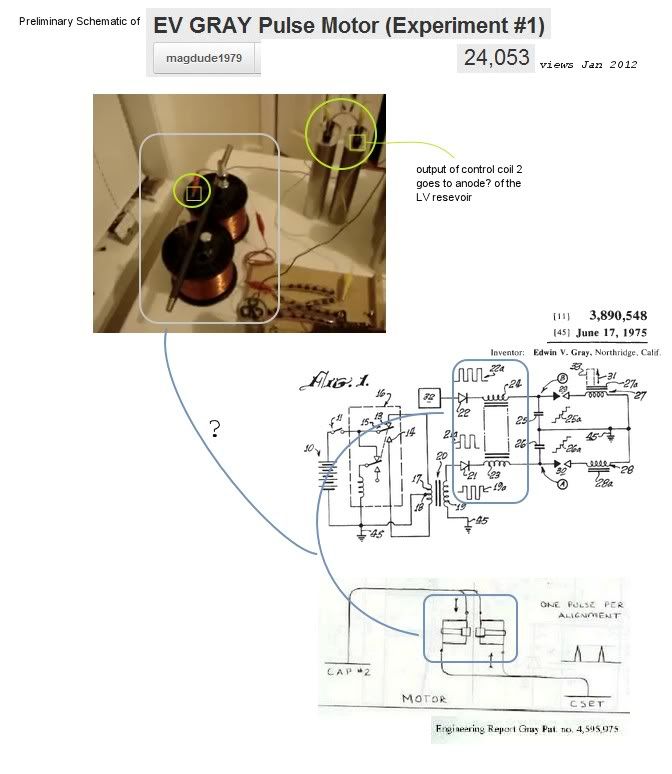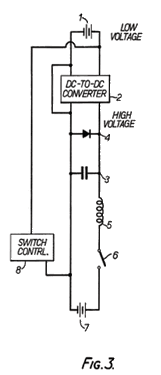plasma discharge to power inductor
Few years ago, he said he agreed with my explanation. There is some schematic somewhere on his setup.
Here is a demo I did later than his.
Murakami-Gray Motor Replication - YouTube
Here is the first demo ever shown utilizing this plasma effect to charge an inductor. Water Sparkplug | Plasma Ignition | With current restriction - YouTube
I actually posted that early 2008 but youtube disabled one of my accounts and this was a repost months later.
The reason I added a coil in series with this type of circuit was because I was thinking if I can limit current, I can have less electrons at the gap for H & O to recombine back into water moisture in order to have real thermal expansive power from exploding water with the plasma. I just happened to notice that the coil was jumping and I instantly saw a motor - the Ed Gray concept in my opinion. Anyway, you can see the sound gets quieter on the plasma plus the color changes.
Originally posted by geotron
View Post
Here is a demo I did later than his.
Murakami-Gray Motor Replication - YouTube
Here is the first demo ever shown utilizing this plasma effect to charge an inductor. Water Sparkplug | Plasma Ignition | With current restriction - YouTube
I actually posted that early 2008 but youtube disabled one of my accounts and this was a repost months later.
The reason I added a coil in series with this type of circuit was because I was thinking if I can limit current, I can have less electrons at the gap for H & O to recombine back into water moisture in order to have real thermal expansive power from exploding water with the plasma. I just happened to notice that the coil was jumping and I instantly saw a motor - the Ed Gray concept in my opinion. Anyway, you can see the sound gets quieter on the plasma plus the color changes.



Comment